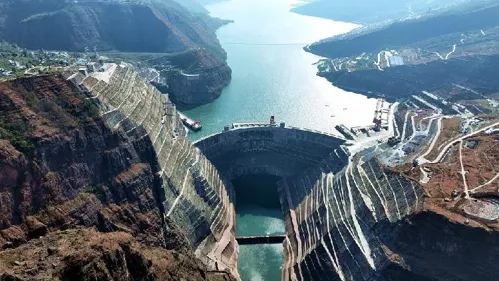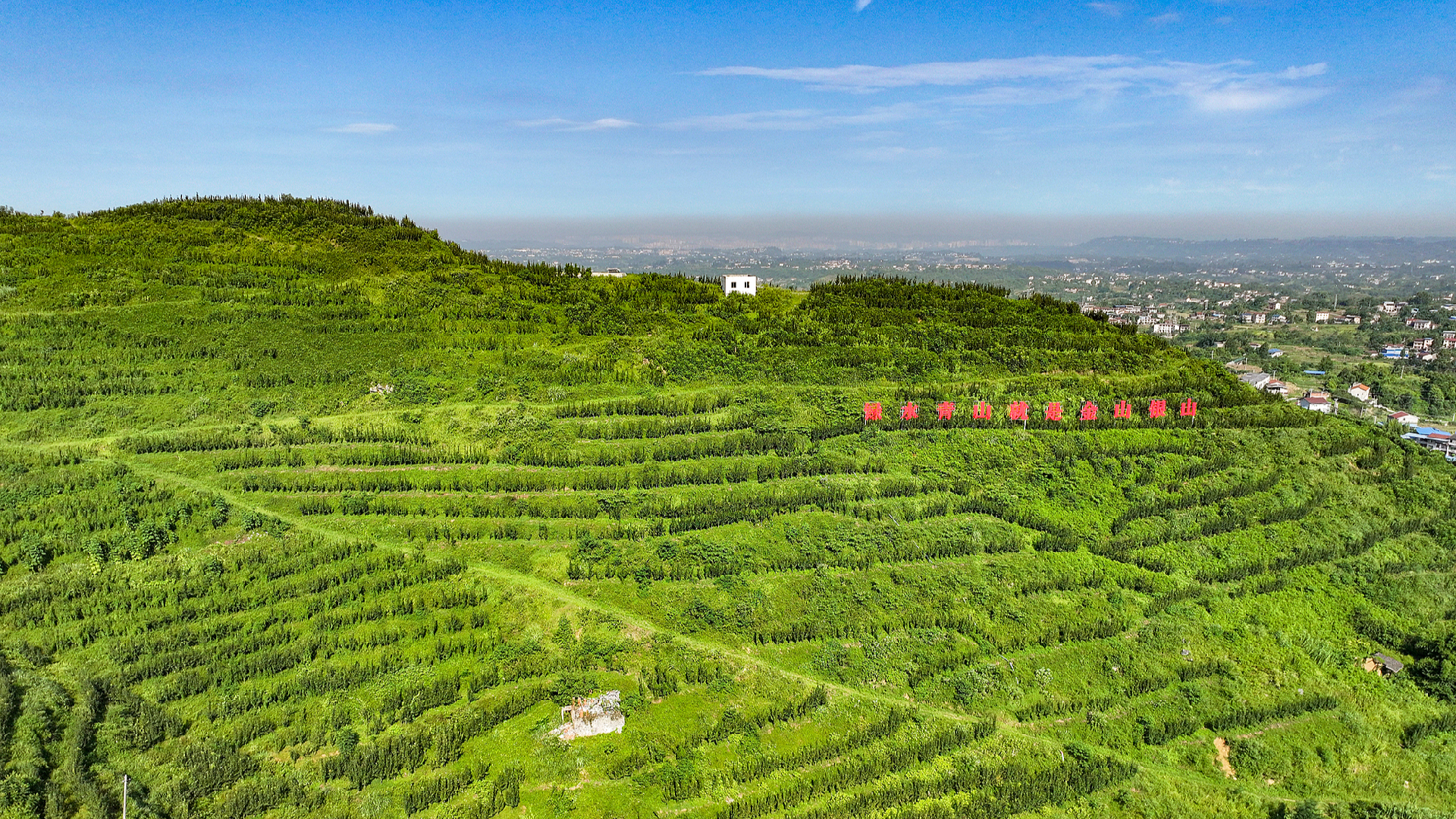Baihetan Hydropower Station Marks Two Years of Clean Energy Progress

Baihetan Hydropower Station has been a significant contributor to China's clean energy transition since its commencement of operations. The station has played a crucial role in reducing coal usage and lowering emissions through the deployment of advanced hydropower technology.
Recently, the 800-kV ultra-high-voltage direct current (UHVDC) transmission line connecting Baihetan Hydropower Station with Zhejiang Province has become fully operational. This development represents a pivotal component of China's west-to-east power transmission initiative, reinforcing the supply of renewable energy across the nation.
As regions face record heat waves this summer, the operational capabilities of the Baihetan-Zhejiang UHVDC line are expected to provide substantial power supply assurance to Zhejiang and surrounding areas. The line extends over a total distance of 2,121 kilometers from Sichuan Province to Hangzhou in Zhejiang.
The Baihetan-Zhejiang transmission line is projected to transmit over 30 billion kilowatt-hours of electricity annually, catering to the energy demands of more than 30 million residents. Coupled with the Baihetan-Jiangsu line, which began operations in July 2022, the two lines are set to deliver approximately 60 billion kilowatt-hours of clean energy to eastern China.
The environmental benefits of these projects are substantial; they will collectively save an estimated 27 million tonnes of coal and prevent around 49 million tonnes of carbon dioxide emissions from entering the atmosphere. Baihetan Hydropower Station stands as China's second largest hydropower facility, following the Three Gorges Dam.
With an installed capacity of 16 million kilowatts, the Baihetan station is engineered with 16 hydro-generating units, each capable of producing 1 million kilowatts. Notably, the first batch of units commenced electricity generation on June 28, 2021, and all units were operational by December of the previous year.
Strategically located on the Jinsha River, a tributary of the Yangtze, the Baihetan Hydropower Station showcases remarkable engineering with its unique ultra-high double-curvature arch structure. This impressive dam reaches a height of 289 meters with an arc length of 709 meters, effectively distributing hydrostatic pressure across the rocky landscape.
Not only does the dam exemplify innovative construction techniques that reduce material usage and enhance safety, but it is also equipped with advanced technological features. It includes 3 million meters of cooling water pipelines and utilizes over 10,000 sensors that facilitate self-diagnosis and monitoring of operational conditions.
In addition to its power generation capabilities, Baihetan Hydropower Station also manages water discharge during flooding seasons. This is made possible by three non-pressure spillway tunnels located underground on the left bank, designed to handle maximum discharges of 4,083 cubic meters per second.
Completing its first full operational year last December marked the establishment of the world’s largest clean energy corridor, which incorporates five additional mega hydropower stations along the Yangtze River. Spanning 1,800 kilometers, this corridor houses 110 hydropower units that contribute a combined capacity of 71.695 million kilowatts, generating approximately 300 billion kilowatt-hours per year.
This impressive infrastructure can satisfy the annual energy requirements of around 360 million individuals, thereby easing power shortages in central and eastern China while supporting the stable functioning of the energy grid. The shift to hydropower production in this corridor significantly reduces reliance on fossil fuels.
Baihetan Hydropower Station alone can prevent about 19.8 million tonnes of standard coal usage and reduce carbon dioxide emissions by 51.6 million tonnes annually. Across the six hydropower facilities in the corridor, collective savings are approximately 90.45 million tonnes of coal, leading to diminished carbon emissions by about 248 million tonnes yearly.
Read These Next

Commentary on 'Microwave Brain' Tech Development
Commentary on the groundbreaking 'microwave brain' technology that integrates AI and communication chips, discussing its innovations and implications for future technologies.

Chinese Premier Calls for Efforts in Ecological Civilization Development
Premier Li Qiang stressed ecological civilization and green development at a symposium on climate change and sustainability efforts.

Interactive Holographic 3D Prototype 'FlexiVol' Unveiled
The FlexiVol holographic 3D projection system introduces interactive user experiences, potentially transforming digital interactions in various fields, including education and collaborative work.
